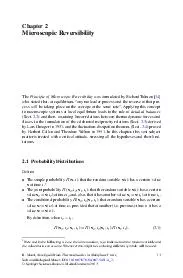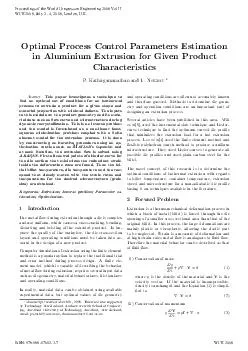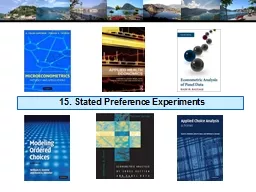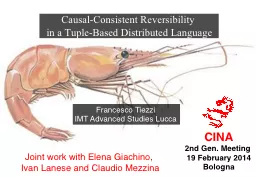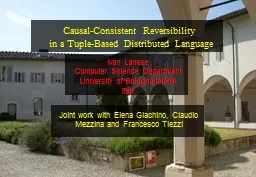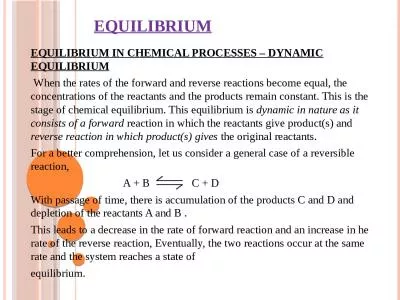PDF-Chapter Microscopic Reversibility The Principle of Microscopic Reversibility was formulated
Author : jane-oiler | Published Date : 2014-12-20
Applying this concept to macroscopic systems at local equilibrium leads to the rule of detailed balances Sect 22 and then assuming linear relations between thermodynamic
Presentation Embed Code
Download Presentation
Download Presentation The PPT/PDF document "Chapter Microscopic Reversibility The P..." is the property of its rightful owner. Permission is granted to download and print the materials on this website for personal, non-commercial use only, and to display it on your personal computer provided you do not modify the materials and that you retain all copyright notices contained in the materials. By downloading content from our website, you accept the terms of this agreement.
Chapter Microscopic Reversibility The Principle of Microscopic Reversibility was formulated: Transcript
Download Rules Of Document
"Chapter Microscopic Reversibility The Principle of Microscopic Reversibility was formulated"The content belongs to its owner. You may download and print it for personal use, without modification, and keep all copyright notices. By downloading, you agree to these terms.
Related Documents

